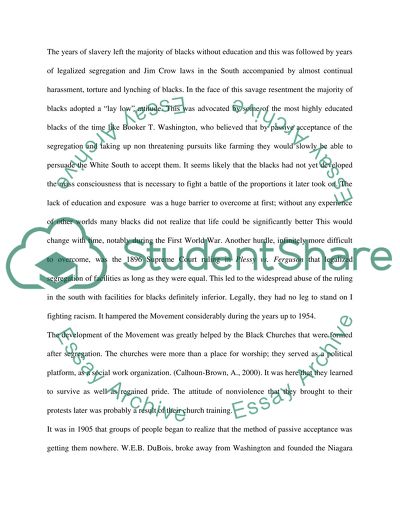Cite this document
(Civil Rights Movement Essay Example | Topics and Well Written Essays - 2250 words, n.d.)
Civil Rights Movement Essay Example | Topics and Well Written Essays - 2250 words. https://studentshare.org/history/1530475-civil-rights-movement111
Civil Rights Movement Essay Example | Topics and Well Written Essays - 2250 words. https://studentshare.org/history/1530475-civil-rights-movement111
(Civil Rights Movement Essay Example | Topics and Well Written Essays - 2250 Words)
Civil Rights Movement Essay Example | Topics and Well Written Essays - 2250 Words. https://studentshare.org/history/1530475-civil-rights-movement111.
Civil Rights Movement Essay Example | Topics and Well Written Essays - 2250 Words. https://studentshare.org/history/1530475-civil-rights-movement111.
“Civil Rights Movement Essay Example | Topics and Well Written Essays - 2250 Words”. https://studentshare.org/history/1530475-civil-rights-movement111.


